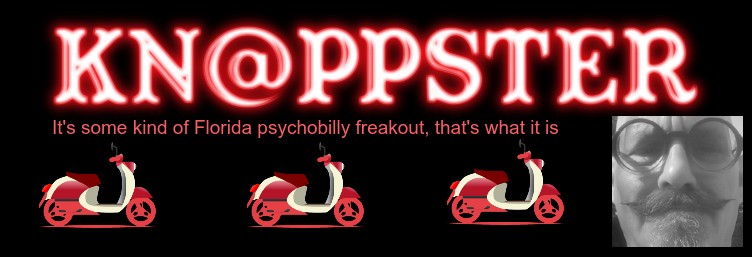Most political parties begin as small groups of people. There are exceptions -- for example, the Republican Party became large almost instantly because it was formed from the remnants of one failed major party (the Whigs) and several failed minor parties (Free Soil, Liberty, etc.) and counted federal officeholders among its members from the very beginning -- but starting small is the rule.
Remaining small is also, unfortunately, the rule, and most exceptions to that rule are temporary. The political landscape is littered with the remnants of parties that started small, became large, and today are mere shadows of their former selves. The Prohibition Party is America’s oldest continuously existing third party. At one time it elected governors and bludgeoned the major parties into amending the Constitution. These days its national conventions can comfortably meet in the back room of a restaurant. In fact, they can share that room with the Reform Party, which knocked down 8 million votes in the 1996 presidential election but only about a thousand votes in 2012.
Most new political parties never reach, let alone maintain, such heights of popularity or power. Why?
Sunday, August 21, 2016
Another Conversation Starter ...
... from the same thing as this one.
Subscribe to:
Post Comments (Atom)

No comments:
Post a Comment